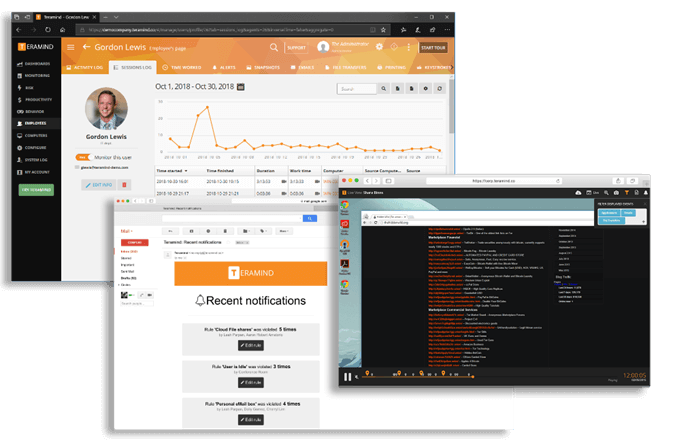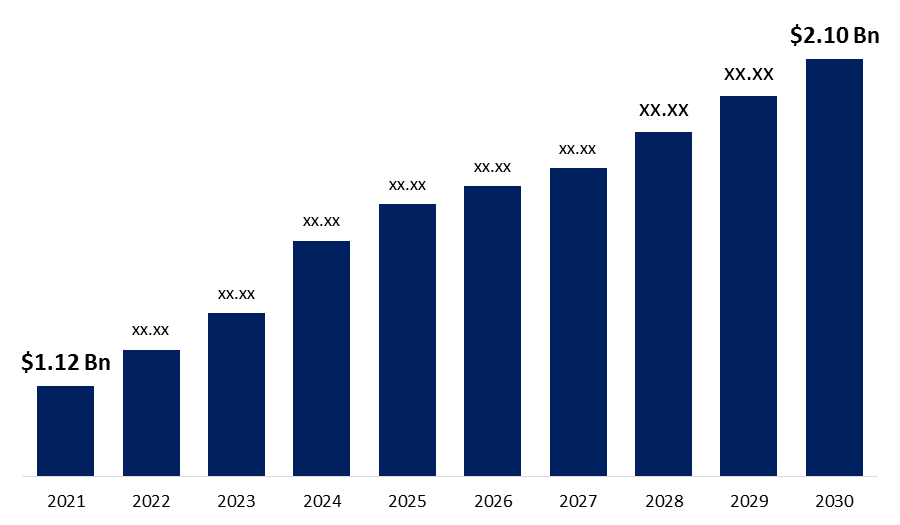Great Suggestions To Picking Time Tracking Monitoring Service Company
What Is Employee Monitoring Software And How Can I Select The Best One?The term employee monitoring software is used to refer to an application that businesses employ to track their employees' activities when they work. Employers can gather data about employee behaviour, including the number of keystrokes, web usage and applications, screenshots and much more. Software designed to monitor employee behavior is primarily used to boost productivity, monitor compliance with corporate policies, safeguard sensitive information and address security issues. When selecting an employee tracking software, there are many factors to think about. Take note of these crucial points such as features. Find the features you require based on the needs of your company. The most common features are the following: activity monitoring (including website blocking) and keystroke logs (including application usage tracking) as well as email monitoring and reporting. Prioritize features that are aligned with your monitoring goals.
Compliance and Privacy - Be sure that the software complies to ethical and legal guidelines when it comes to monitoring of employees. Be familiar with the regulations and laws that apply in your jurisdiction. This includes data protection and privacy laws. Consider software that offers flexible and transparent options to safeguard employee privacy.
User-Friendliness: Consider the software’s accessibility and ease of use. An intuitive interface for users and a simple set-up process can save you time and simplify implementation. Consider a dashboard that is customizable with intuitive reporting tools, as well as other features that let you to quickly browse and analyze data.
Integration and Compatibility- Make sure that the program is compatible with your existing IT infrastructure as well as the other software you are using, such as operating systems and email clients, as well as project management tools, and collaboration platforms. The compatibility permits seamless monitoring of your systems without disrupting regular processes.
Data Security- Examine the software's security measures to safeguard the collected data. It is vital to employ encryption, secure storage of data and access controls. Examine the security policies of the software.
Scalability: Take into consideration how the software will scale to meet the needs of your growing company. If you're planning to expand your team or add new locations, choose software that can easily be scaled to meet changing needs.
Reporting and Analytics The software's reports and analytics features. Find features that provide complete information on employee productivity and the allocation of time. Customized analytics and reports will aid you in identifying areas of improvement and help you make better decisions.
Customer Support - Evaluate the quality and accessibility of customer support offered by software providers. Determine their responsiveness, availability and the amount of technical assistance they offer. A competent customer support team can provide quick assistance for any issues that may occur.
Cost - Take into account the pricing model, such as a one-time fee or subscription, or depending on usage. Understand the pricing, and whether there are any extra costs for upgrades, support, or additional features. Try to balance the price of your product with its features and value.
Transparency and Communication With Employees - Maintain clear communication and openness when dealing with employees in relation to monitoring software. Communicate clearly the reason the work scope, and expectations in relation to the monitoring. Discuss any concerns they may have as well as assure them of the respect for their privacy.
Take note of these aspects to make an a well-informed decision. Choose an employee monitoring tool that will meet your company's standards while also respecting the employee's privacy. Read the top time tracking monitoring software for more tips.

What Are The Features And Features Of The Employee Tracking Software?
Software for monitoring employees includes a wide range of features designed to track and analyze the activities of employees. The specific features can differ between different software applications Here are a few typical features that are found in all employee monitoring software- Activity MonitoringThe feature tracks and records employee actions, including sites visited, apps used as well as the files that are accessed and the time spent on each task. It provides a comprehensive summary of the way employees spend their time at work.
Keystroke log- Keystroke logging records all keystrokes typed by employees. It can be used to detect productivity bottlenecks and uncover illegal actions.
Screenshots or Screen Recording - Some software takes regular screenshots from computer screens, while others record their screens live. This can be useful to monitor productivity levels or troubleshooting.
Internet Usage Tracking – This feature tracks employee's online activities, including websites visited as well as search queries that are made and the download of downloaded files. This feature helps to identify excessive non-workrelated browsing, possible security risks, as well as policies that are not being followed.
This feature lets you keep track of the applications employees use while at work. It provides insights into the applications that are often used, and can help determine any inappropriate or unapproved application usage.
Email Monitoring permits employers to keep track of all employee email. This includes received and sent emails, email attachments, received emails, attachments to emails and the email content. It can help ensure conformity with policies of the company, prevent data leaks, and also investigate suspicious activity.
Tracking of documents and files - This feature tracks changes in the form of transfers, modifications, and additions to files. It can help protect sensitive information as well as monitor document collaboration and ensure compliance with data security guidelines.
Remote Monitoring permits employers to supervise employees who work remotely or in different locations. Employers have the ability to monitor employee activity and ensure that they work efficiently, regardless of where they are.
Productivity Analysis Software used to monitor employee performance often comes with productivity analysis tools, which provide insight into the allocation of time and work patterns. These analyses permit the analysis of areas that can be improved, and also help to optimize workflow.
Reporting & Analytics- Robust features for reporting and analytics produce detailed reports based on the information that has been collected. These reports provide valuable insights into the productivity of employees and time management, as well as resource allocation.
Compliance and Policy Management: Some software solutions come with features to ensure compliance with both company policies and regulations. Employers can establish and enforce policies of their company on acceptable use of computers.
Alerts and Notifications - Alerts and notifications alert employees and managers about certain events and activities. For instance, they can notifying managers or employers to be notified when certain events or activities occur.
Be aware that these features are available in different software solutions for employee monitoring. Be aware of the features offered by software that is compatible with your goals for monitoring and adhere to legal and ethical guidelines within your jurisdiction. Read the most popular employee monitoring company for blog recommendations.

What Software For Monitoring Employees Comply With Privacy And Compliance? Privacy Law?
Software used to monitor employees must comply with privacy and compliance laws. Employee monitoring software must adhere to particular regulations regarding privacy and compliance. While they may differ according to the jurisdiction however, a few of them are generally accepted. The software used to monitor employees usually has options that permit employers to clearly communicate their monitoring policy to employees. It is possible to issue written notices, or request consent using consent forms. Additionally an employee manual that outlines monitoring policies can be used as well.
Transparent Monitoring Polices- Employee monitoring tools promote transparency. They help employees know what kinds of information is being gathered and why, as in the scope of monitoring. Comprehensive and clear policies help employees understand the boundaries of monitoring and their privacy rights.
Data minimization is typically implemented by employee monitoring software to ensure the compliance of privacy laws. This means that only required data is collected and retained. Inappropriate or unnecessary data are eliminated. The software limits the data collection to what is necessary for monitoring, reducing privacy risks and promoting compliance.
Anonymization & Aggregation Some employee monitoring software anonymizes or aggregates data for further security of privacy for employees. Anonymization erases personal identifiable information (PII) and makes it impossible for data to be linked to a particular person. Aggregation is the combining of data from different employees to gain insight at a global level.
Secure Data Storage and Encryption- Employee monitoring software prioritizes the security of collected data. To guard against insecure access, breaches, or accidental disclosure, the software employs encryption and secure data storage methods. This includes securing data both in transit and at rest.
Access Controls and Restricted Permissions To ensure compliance, employee monitoring software typically offers granular access control and permissions. This allows employers limit access to the monitoring information to those who need it for legitimate reasons, such as HR employees or administrators.
Employee Rights and remedies: Respecting the rights of employees is crucial to complying with privacy laws and compliance regulations. Many employee monitoring programs include tools that allow employees to view their own data and make corrections, or even file complaints. This permits employees to decide to take action and assert their rights when they believe their privacy rights have been infringed.
Conformity with Data Protection Regulations – Software for monitoring employees is developed to be in compliance with applicable regulations. For instance the General Data Protection Regulations of the European Union and the California Consumer Privacy Acts of the United States. The compliance process includes the implementation of measures to ensure the security of personal information and protect the rights of data subjects.
Alongside employing tools for monitoring employees companies should also consult legal experts and stay current on the laws and regulations that apply to their jurisdiction. In order to comply with privacy and compliance laws requires a holistic approach that goes far beyond the software itself, including explicit policies, education for employees, and ongoing compliance monitoring. View the top rated time tracking monitoring software for blog tips.
